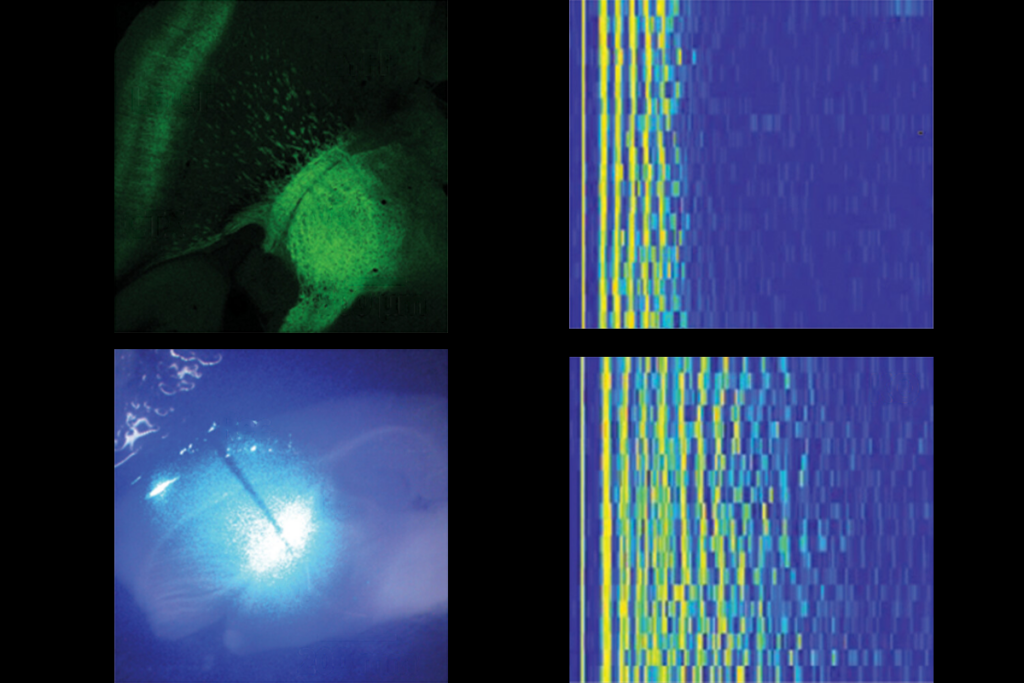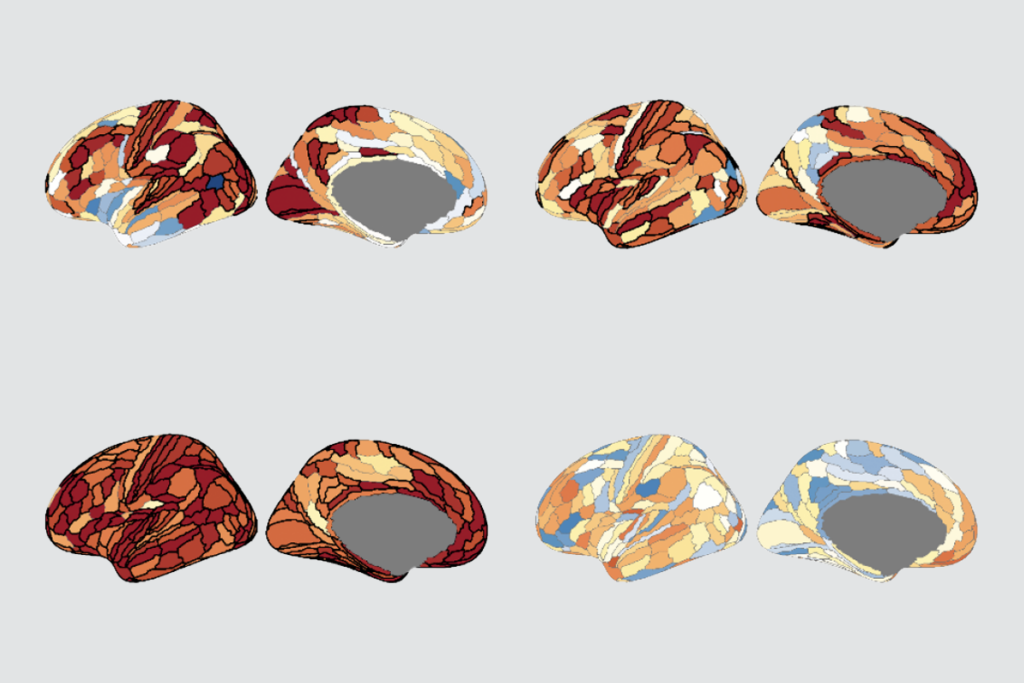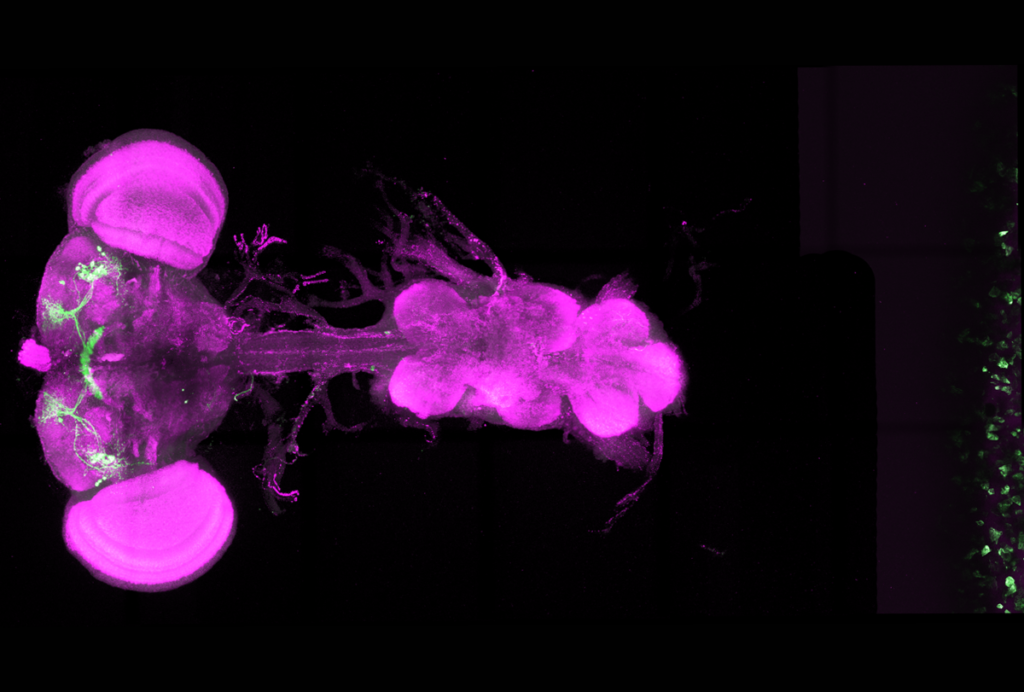Hello, and welcome to the Community Newsletter! I’m your host, Chelsey B. Coombs, Spectrum’s engagement editor.
Twitter turned into a research tool in our first paper this week, to find out more about autistic people’s experiences with burnout. Autistic burnout is characterized by physical, mental or emotional exhaustion and, often, a loss of skills.
The researchers collected data from adults who had shared posts about burnout on Twitter or a discussion board called Wrong Planet between January 2005 and November 2019. These posts —which fell into a variety of themes — rose exponentially on Twitter starting in 2018 but remained steady on Wrong Planet.
“The overarching theme identified herein was that the onset and recurrence of autistic burnout were underpinned by stigma and a lack of awareness and acceptance regarding the diversity of autism among autistic individuals within the health care, education, employment, and social systems,” the authors wrote.
Another key finding was that autistic people posted about their burnout online as it was happening, which suggests that medical providers could use online communication creatively to check in on and help their autistic clients.
Some in the autism Twittersphere highlighted a commentary this week from Emily Finn, assistant professor of psychological and brain sciences at Dartmouth College in Hanover, New Hampshire, in which she lays out the limitations of resting-state research and what neuroscientists should do instead.
Excited to share my latest opinion piece, ‘Is it time to put rest to rest?’, now out in @TrendsCognSci https://t.co/O1lnUaPhd3
— Emily Finn (@esfinn) October 5, 2021
Before resting-state research came into vogue, Finn argues, researchers were dependent on structured task-based on-and-off research techniques to isolate cognitive processes, like boats sailing across the ocean’s surface, blind to the underlying variances. Resting-state research turned scientists into a submarine trawling the depths, but that too came with drawbacks. In particular, she says, it is hard to interpret exactly what the signals your research reveals mean.
A better approach “calls for us to partially resurface and regain some experimental control, while still respecting the importance of self-generated activity in dynamic patterns of brain function,” she wrote.
With the help of an ocean metaphor (and gorgeous illustrations from @BeyondBCreative), I argue that if traditional tasks were the first wave of human neuroimaging, and rest the second, the time is now ripe to push forward into a “third wave” pic.twitter.com/v5qaOqWmIa
— Emily Finn (@esfinn) October 5, 2021
“If human neuroimaging is to continue to advance either basic science or translational tools, the next wave of progress will most likely come from a pivot toward more precise and interpretable designs,” Finn concludes.
Both Michelle Dawson, autism researcher at Hôpital Rivière-des-Prairies in Montreal, Canada, and Bita Moghaddam, chair of the department of behavioral neuroscience at Oregon Health & Science University in Portland, tweeted out highlighted sections of the study.
“Just because an individual or group shows, for example, less coherent activity in a network at rest, does not mean they cannot coherently activate that network when cognition requires it” https://t.co/tBMa4SNtQj questioning the resting state, autism-relevant
— Michelle Dawson (@autismcrisis) October 6, 2021
“we can accelerate progress by de-emphasizing rest in favor of more interpretable paradigms” https://t.co/9xLqqjqSwh
— Bita Moghaddam بيتا مقدم (@bita137) October 6, 2021
And finally, Keith Laws, professor of neuropsychology at the University of Hertfordshire in the United Kingdom, tweeted a bit of reassurance for early-career neuroscientists.
For any early career researchers who worry that their research takes too long – here is a Tweet where I mention working on this (just published) meta-analysis back in 2012 https://t.co/yExrVIZnZE https://t.co/K7OYOTZgCN
— Keith R Laws (@Keith_Laws) October 5, 2021
You can now watch our 28 September webinar, featuring Jeremy Veenstra-VanderWeele, professor of psychiatry at Columbia University, who spoke about goals for developing new drugs for autism — and the barriers researchers may encounter.
And don’t forget to register for our 28 October webinar, featuring Zachary J. Williams, a medical and doctoral student at Vanderbilt University in Nashville, Tennessee, who will speak about measuring alexithymia in autistic people and the importance of developing and validating measures for specific populations.
That’s it for this week’s Community Newsletter! If you have any suggestions for interesting social posts you saw in the autism research sphere, feel free to send an email to me at [email protected]. See you next week!





